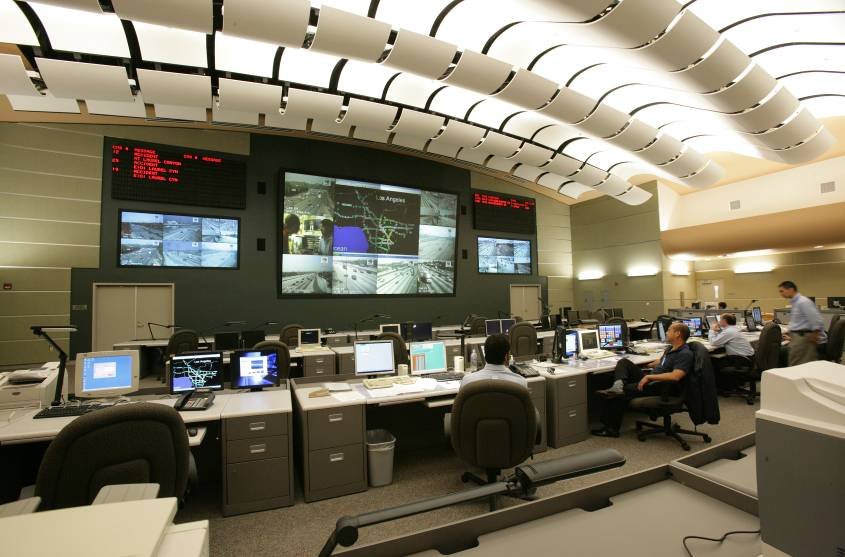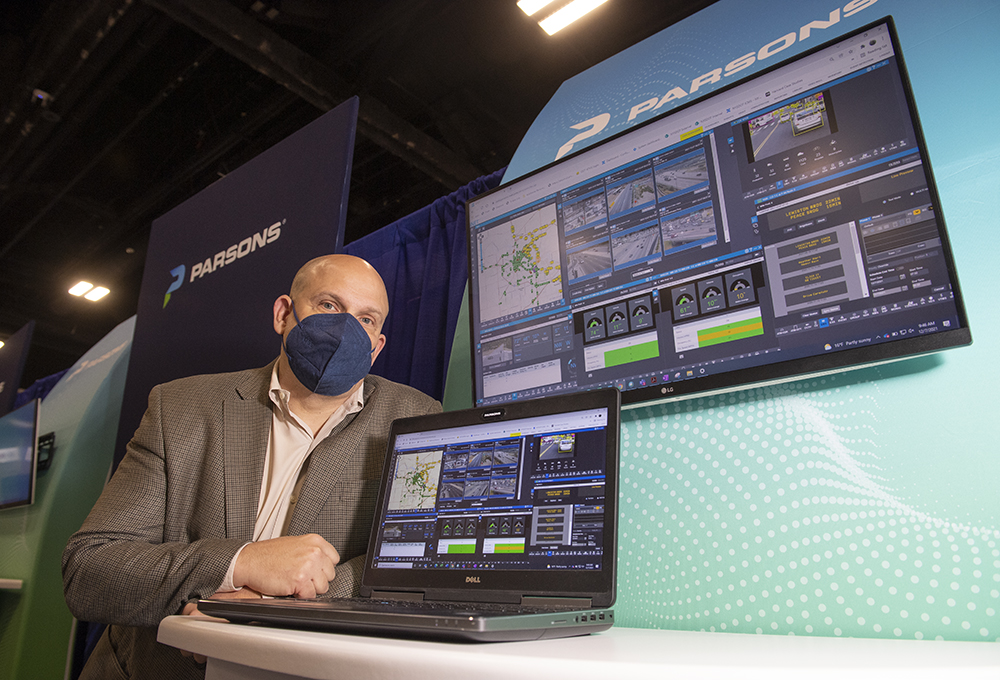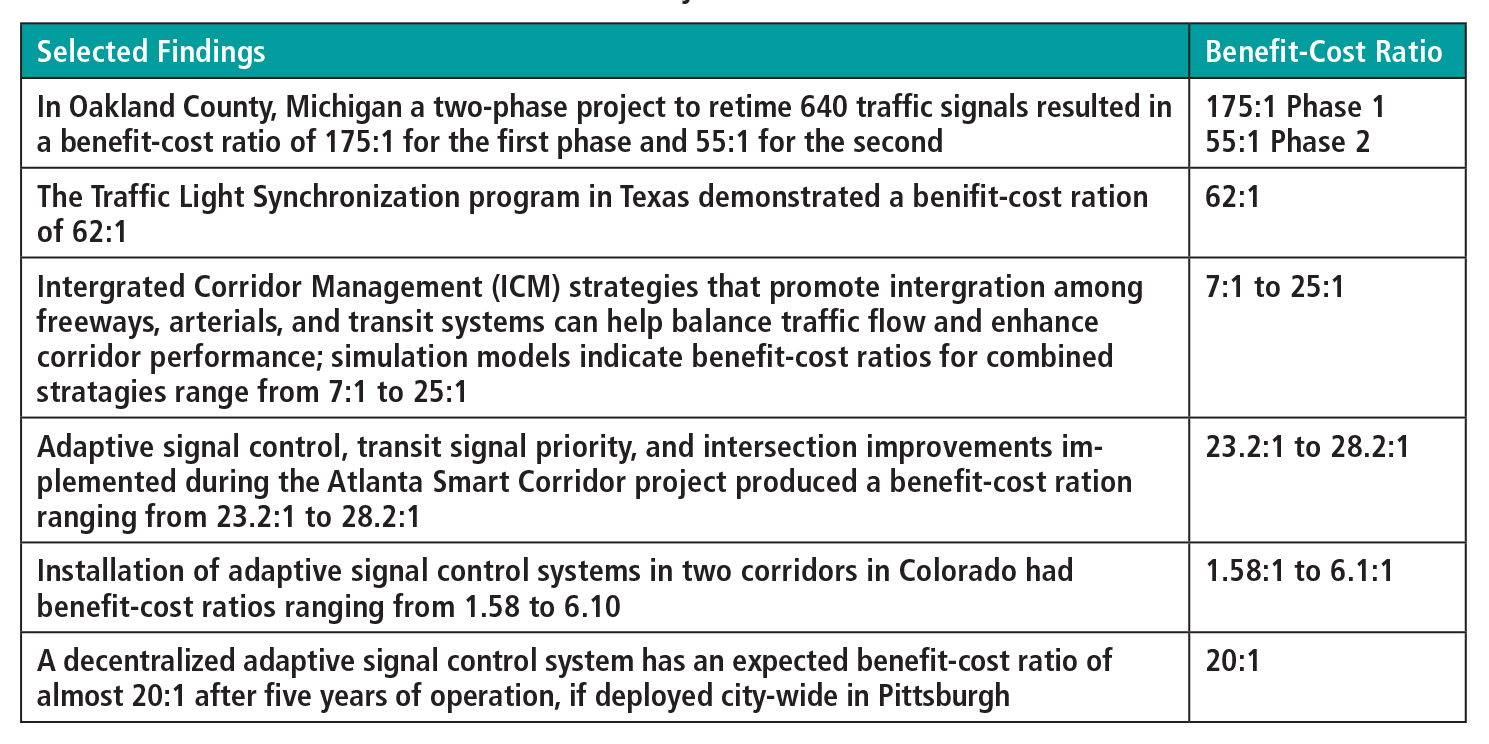
By monitoring and recommending actions, iNET uses thousands of sensors to determine whether roadways are congested or whether there are accidents or injuries. In fact, iNET communicates with 115,000 sensors, 24/7, every thirty seconds, and then recommends an action as appropriate to either the department of transportation, emergency responder, police department, or the public when it detects an issue, such as a serious accident.
Parsons says you can really see what a difference a product like iNET makes for customers like state, city, and county departments of transportation, as well as for commuters. The company points to some impressive numbers. Accidents are reduced by 40 per cent, meaning the number of injuries and deaths are reduced by 40 per cent. Travel time is reduced by up to 15 per cent, so traffic flow is increased by up to 22 per cent. Overall freeway delay is reduced by up to 30 per cent, and throughput is increased by up to 28 per cent. The incident arrival time of emergency responders is faster by 15 per cent. Carbon monoxide and other emissions-related pollutants are reduced by up to 30 per cent.
The cloud-based system is shareable and can be operated by multiple agencies simultaneously, allowing for seamless inter-agency cooperation and more efficient operations. iNET is currently used in over 40 cities, which Parsons says makes it the most operated traffic management software in the world.
Stand: 1503


















